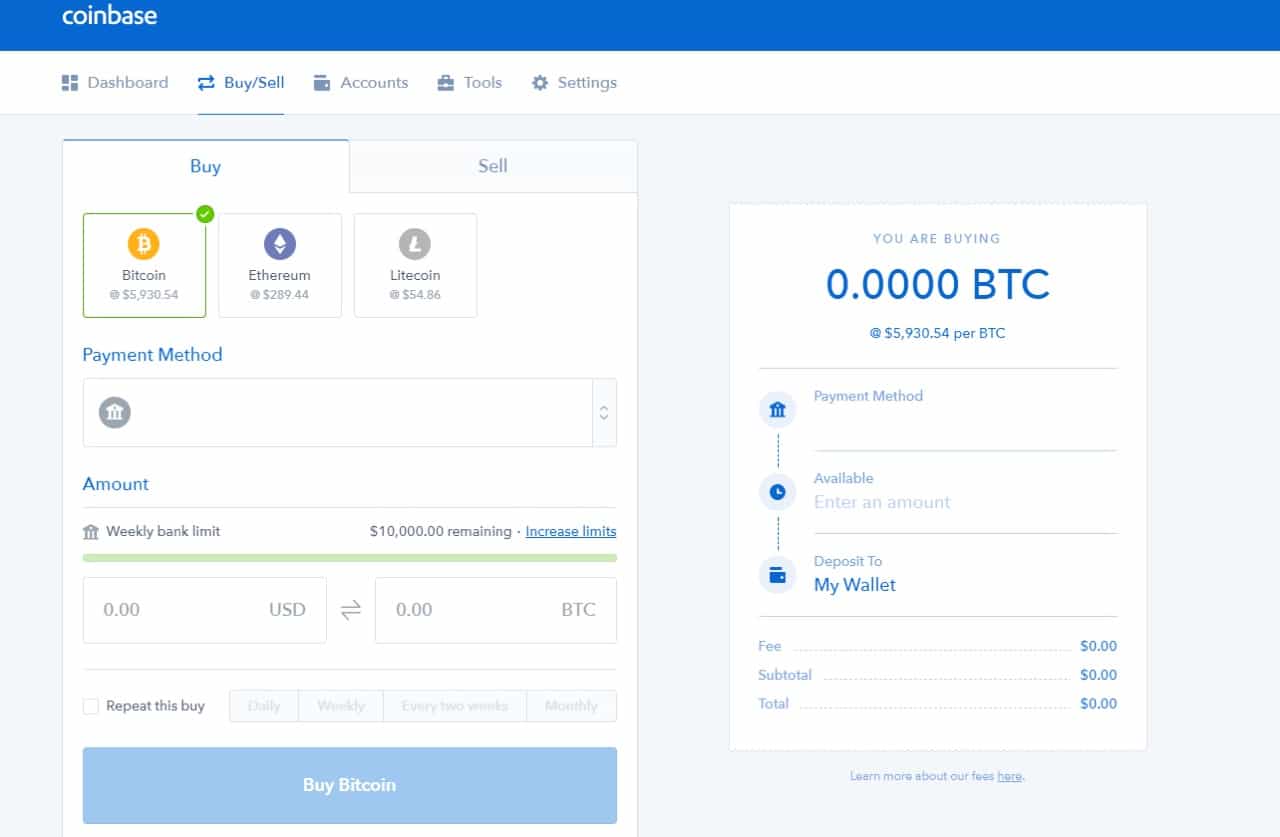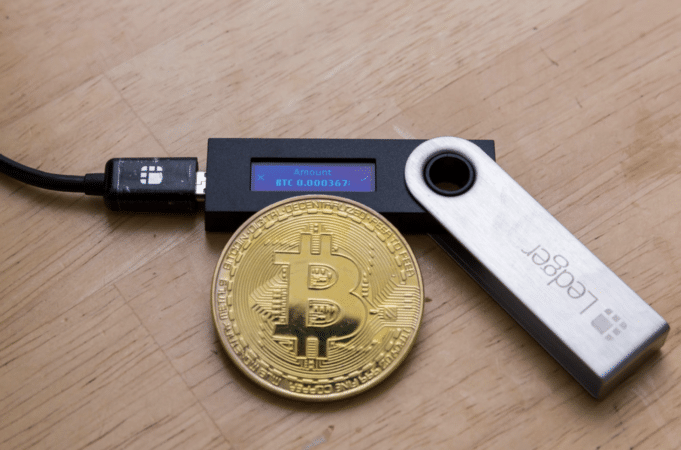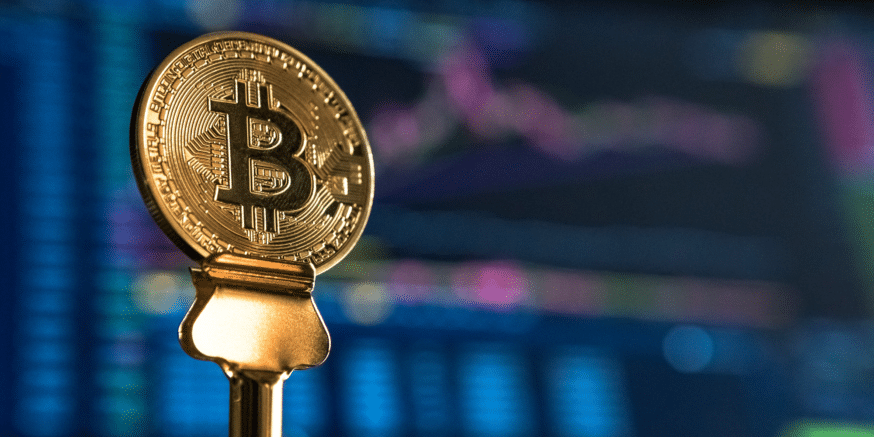- So, You Want to Start Cryptocurrency Trading?
- What’s Your Strategy?
- Choose a Cryptocurrency
- Find an Exchange
- Select a Wallet
- Get Out There and Start Tradin'
So, You Want to Start Cryptocurrency Trading?
Well, you’ve come to the right place. Getting started with cryptocurrency trading can be a daunting task. You may be wondering, “What wallet should I use? Where do I buy Bitcoin? What even is a Bitcoin?”
Worry no more. We’re here to provide you with all the information you need to learn how to begin your cryptocurrency trading adventure.
What’s Your Strategy?
Before even looking at potential cryptocurrencies, you should figure out which strategy you want to pursue. Everyone has their own tactics, but they generally fall into one of the following categories:
- Long-term hodler – You just want to buy a few different coins and keep them as a long-term (>1 year) investment. This is the simplest trading strategy and usually involves the least amount of risk. You’ll most likely stick to cryptocurrencies with a larger market cap.
- Mid-range investor – You have a slightly higher risk tolerance than the long-term hodler. There may be coins you hold for awhile, but you also rebalance your portfolio every month or so. Your holdings probably include a mixture of large and medium market cap coins.
- Daytrader – The most advanced and riskiest cryptocurrency trading strategy. You focus mainly on technical analysis to trade volatile swings in the market. This can be lucrative if you do it properly, but it’s difficult to execute well. All coins are fair game with this strategy.
Your strategy can be some mixture of these three tactics as well. If you’re just starting with cryptocurrency trading, we recommend you stick with the first two.
Choose a Cryptocurrency
It may seem obvious, but you need to put some effort into choosing the cryptocurrencies you invest in. Take your time with this. There will always be new opportunities, so don’t just jump into a trade in an attempt to catch a pump.
Research, Research, Research
Did we mention research? The most important step of every investment opportunity is to research the coin you want to buy. Doing this one step will set you notably ahead of many other investors out there.
At the very least, you should figure out what problem the coin is solving, why the team is qualified to create it, and what purpose the coin has in the overall ecosystem.
Reading the coin’s white paper is a great way to gather all of this information. These documents may seem intimidating, but after reading the first couple, you’ll find that they aren’t so bad. The Bitcoin white paper is the perfect starting point for any cryptocurrency novice. Check it out and learn what started the whole blockchain revolution.
After proper due diligence on your coin (or ten coins), it’s time for you to make the investment.
[thrive_leads id=’5219′]
Find an Exchange
There are a seemingly endless amount of exchange options. Each one consists of pros and cons for different traders as well as different lists of available coins.
When finding an exchange, it’s important that you first see if it supports the coins you want to trade. Most exchanges have an easy-to-find page that lists all of the available coins. We’ve also compiled a list of tradeable cryptocurrencies on the most popular exchanges here.
Beginner Exchanges
If you’re a beginner interested in sticking to the most well-known cryptocurrencies, Coinbase is your best bet. Ever so slightly more advanced, GDAX and Gemini offer similar coin selections with lower trading fees.
Kraken has similar ease-of-use as the previously mentioned exchanges but consists of a larger list of coins.
You can purchase cryptocurrency with fiat (i.e. USD) on all of these platforms.

Moderate Exchanges
These platforms support a wider array of coins than the beginner exchanges and usually have lower fees as well. However, this comes at the expense of user experience.
None of these exchanges allow you to use fiat to purchase crypto. You need to have already owned or first purchased Bitcoin or Ethereum on one of the beginner exchanges.
Reputable exchanges in this list include Binance, Bittrex, and KuCoin.
Decentralized Exchanges (Advanced)
As you become a seasoned cryptocurrency trader, you may find yourself trading small market cap coins. Most of these coins aren’t available on centralized exchanges. Instead, you have to use an Ethereum-powered decentralized exchange (DEX).
On these exchanges, you trade directly on the blockchain. There’s no intermediary to match orders. You use a tool like MetaMask to execute your trades. Once again, decentralized exchanges are only recommended for experienced traders.
If this is something that interests you, Ether Delta and IDEX are two solid DEXs to check out.
Select a Wallet
Finally, and most importantly, you should have a secure wallet if you plan on holding your coins for an extended period of time. Once again, you have plenty of options for storage.
Exchanges
Exchanges are by far the least secure place to store your funds. They’re common targets of hackers and are susceptible to phishing attacks. If you do plan on leaving your money on an exchange in order to have some trading liquidity, make it the least amount possible.
Online Wallets
Online wallets are your next best option. These are slightly better than exchanges, but since they’re still online, they have many of the same vulnerabilities. Even a reputable wallet like MyEtherWallet has recently proven that malicious players will always find a way to circumvent the system.
Software Wallets
Even better than online wallets are software wallets. Many of these wallets store your information locally on the device you download it to. However, if your computer or phone catches malware, it could compromise your security. Exodus and Edge are two popular software options.
Hardware/Paper Wallets
Ideally, you should use a hardware or paper wallet for storage. Both methods keep your coins offline and provide the highest level of security. Paper wallets are free, but hardware wallets typically cost around $100. The price tag brings enough security to make them worth it, though. The Ledger Nano S and Trezor are the top hardware wallet picks.

Get Out There and Start Tradin’
Those are the basic steps you need to follow in order to begin cryptocurrency trading. From there, it’s a lot of trial and error and learning as you go. If you’re itching for more information, check out our guides on the common mistakes to avoid when trading as well as how to evaluate a coin.
Never Miss Another Opportunity! Get hand selected news & info from our Crypto Experts so you can make educated, informed decisions that directly affect your crypto profits. Subscribe to CoinCentral free newsletter now.










